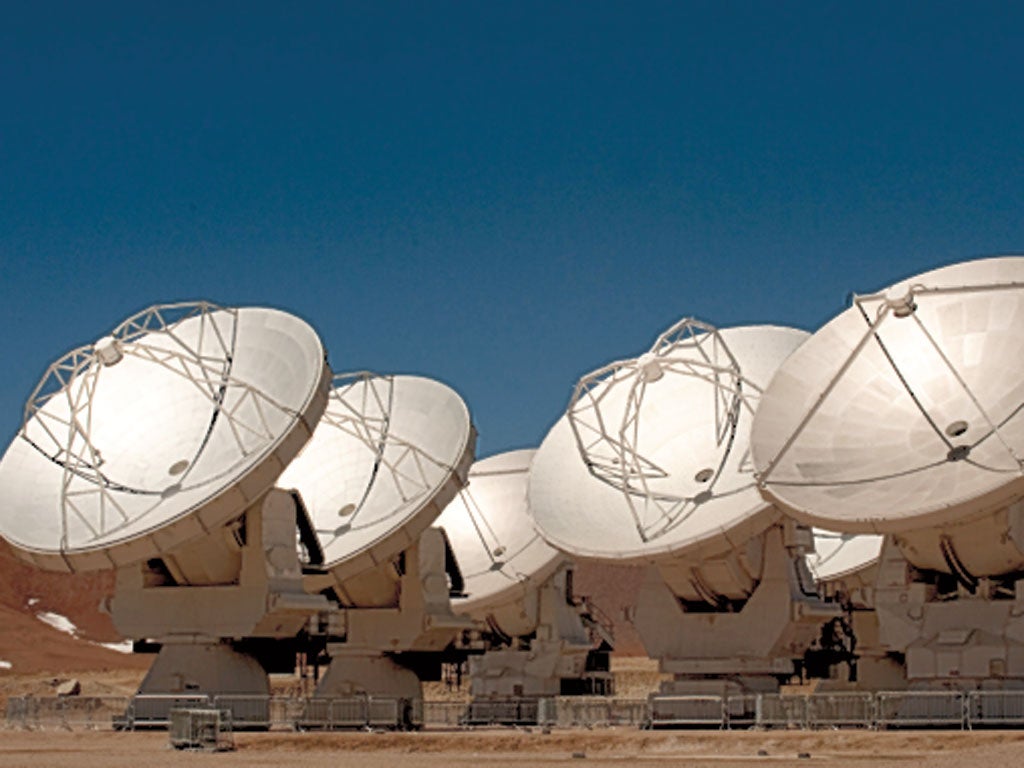The Timeline: Telescopes

1608: Galileo experiments
The first telescope was unveiled in the Netherlands in 1608, made by Jacob Metius and Hans Lippershey. It was made famous, however, by Italian mathematician Galileo, who constructed his own, improved device and was the first to use it to explore space. With his telescope he discovered four satellites of Jupiter, and resolved nebular patches into stars.
1672: Newton reflects
Early telescopes such as Galileo's consisted of glass lenses mounted in a tube, which Isaac Newton discovered caused differing refraction when different coloured lights passed through it. To solve this problem Newton designed a telescope which used mirrors, known as a reflector telescope. This improved telescope was presented to the Royal Society, causing much excitement.
1845: A noble sight
The Irish nobleman the 3rd Earl of Rosse built an enormous telescope with a mirror 6ft in diameter. The telescope was placed in a pit near his home, Birr Castle, and consisted of a giant tube, at the bottom of which was a large metal mirror. Despite its restricted range, some remarkable discoveries were made using the telescope, such as the first spiral nebulae.
1970: The dawn of Hubble
In the 1970s work began on a telescope that was to become the Hubble Space telescope, named after American astrologist Edwin Hubble. On 25 April 1990 it was deployed to its position beyond the earth's atmosphere where it now orbits the planet. From this position it is able to give a view of the universe free from distortion. Its use has led to many significant discoveries, such as the age of the universe, the identity of quasars and the existence of dark energy.
1996-2011: Space gets closer
In 1996 plans began for the next generation space telescope – Hubble's successor. Named after former Nasa administrator, James Webb, it's a large infrared-optimised space telescope, set to be launched in 2018, which will reside in an orbit around 1 million miles away from earth. Meanwhile, on earth, the Alma Observatory, the most complex astronomical project in the world, this week begins capturing images of some of the most distant objects in the universe.
Join our commenting forum
Join thought-provoking conversations, follow other Independent readers and see their replies
Comments
Bookmark popover
Removed from bookmarks